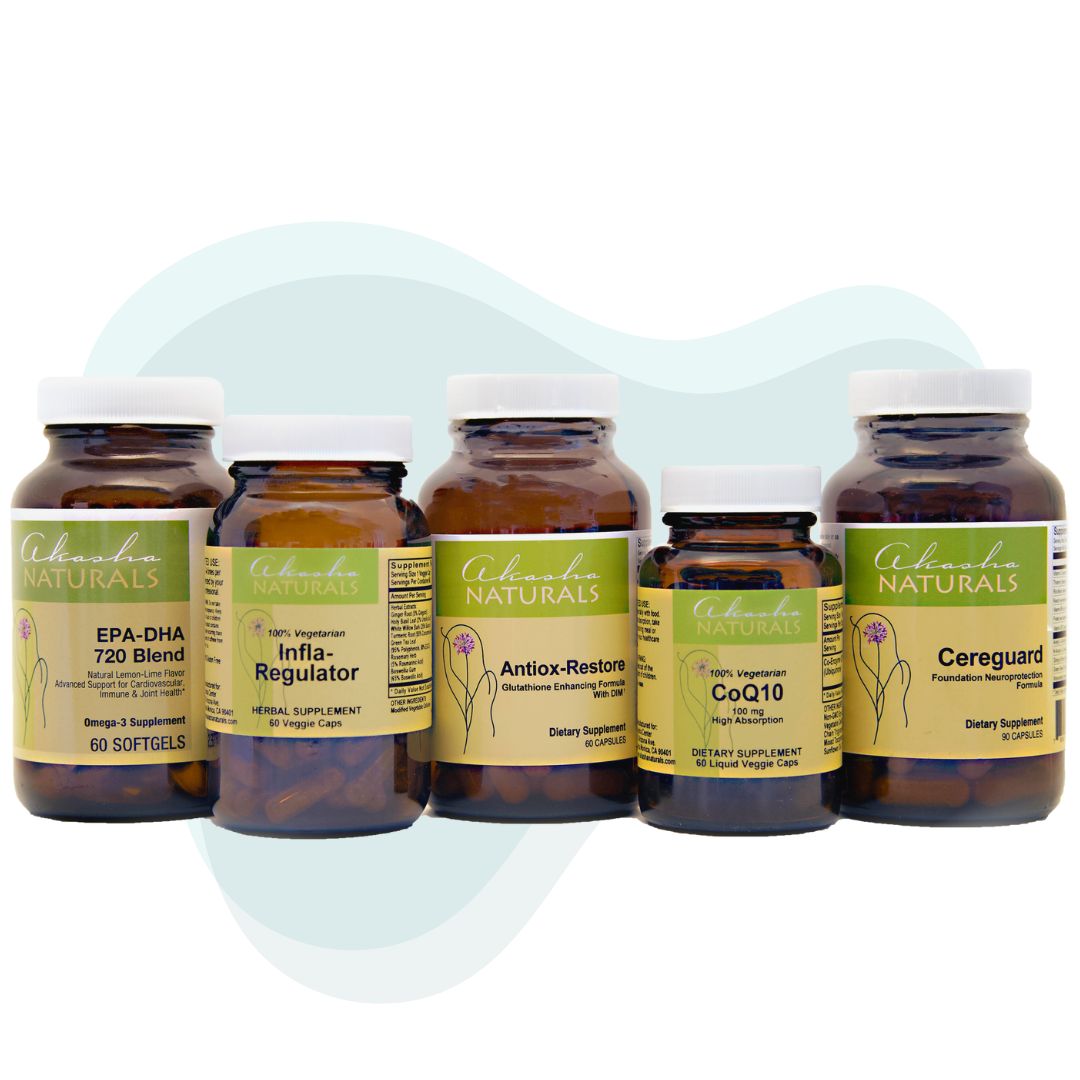By: Alicia Maher, MD
Ugh, stress! What good is this stress response, anyway?
Not too long ago, I was “blessed” with a surfing experience that reminded me of why we have the stress response. The waves were small that day and I was in a remote spot near Los Angeles. No one else was around. I was enjoying having my choice of the little waves coming by, without anyone to compete with.
Suddenly I noticed that someone had joined me- A 5 foot long shark swam under my surfboard! At first, I actually thought it was kind of cool. I was used to seeing harmless sharks while scuba diving and this appeared to be one of the harmless variety.
I was about to go for another wave when I noticed that my new friend had returned. That was odd. In fact, he was stopped, a few feet away, just watching me. Now, I was getting a bit uncomfortable. He actually made a circle around me and came back to the same spot again. Now- I was terrified! So, what did I do?
We’ve all heard of the fight or flight response- that urge to respond to a stressful situation by fighting against the problem or running away from it. I wish I could impress you with my valor, but no, fighting this shark with my bare hands never crossed my mind. And, though I certainly wanted to flee to the beach far away from this creature, making sudden moves when he was obviously watching seemed a bit precarious.
In more recent times, fight or flight has been renamed to the fight/ flight/ or freeze response. And freezing is just what I did. I slowly, cautiously, pulled my arms and legs onto the board and waited there, barely moving, barely breathing, until he started to lose interest and I could move just enough to ride a wave in. Of course, once I got near the beach I began screaming and running, grateful there was no one around to witness it.
That fight, flight, or freeze response can take quite a toll on our system. It was designed for the occasional stress- such as the rare sighting of a shark near LA. Unfortunately, we don’t have a large repertoire of responses to stress. Most of the stressors that we experience throughout the day are not ones that we can either fight or flee from. What this means is that we tend to freeze. Without even realizing it, we go from the stress of the commute, to the stress of the job, to the stress of home in a frozen state.
What this looks like is that we breathe shallowly. We tend to only breath into the chest, just enough to carry on, but nothing extra to bring in greater energy, or remove more waste products.
Try something right now- take a deep breath in through the nose and let your abdomen fill with air. Then, take another deep breath in through your nose and this time let your chest expand- imagine pushing the ribs apart with your breath.
Was that different than you were breathing before? Do you feel a little more relaxed and/ or energized after taking those deep breaths? If you’re like most people, you probably didn’t even notice that you weren’t breathing deeply before trying that.
The other thing that happens physically when we freeze is that we hold tension in our muscles, often without even knowing it. Experiments have shown that our muscles may be constantly having tiny movements. This was observed through a machine that measures microscopic muscle movement. One subject was asked to imagine rowing a boat. Despite the subject’s apparent stillness, the machine recorded tiny movements in those muscles that would be involved in rowing a boat. You may not realize that your muscles are active until you experience the effects of tension and fatigue.
This is when stress becomes noticeable to us- when we feel tired and worn out. We may not be able to change stressful circumstances, but thankfully, we always have the power to change how we respond. We can teach our bodies to relax. This not only has an effect on how we feel physically, but can also help us to take control emotionally. The first step is to notice when and where we are holding tension. Doing relaxation exercises- such as the one below- allows you to feel where you are tense. It also helps you to do the next step which is to relax the muscles. By doing a practice like this each day, you not only give your body a break from the stress response, but you also start to notice what relaxation feels like. As you go about your day and automatically have the reaction of freezing in response to stress, you will actually notice the difference between that frozen feeling and the relaxation you experienced during the exercise.
This can even be used to change your emotions. Doing a relaxation practice allows you to notice the particular ways your muscles freeze in response to stress. One way in which I noticed this was that I often roll my shoulders forward when I feel afraid, or nervous. With many years of doing this, I developed a lot of pain and tightness in my back, where the muscles were being pulled by this motion. To stop this pain, I started to roll my shoulders back whenever I noticed that they had rolled forward. Because I knew I did this when I was afraid, I learned to check my shoulders when I was in a situation that made me nervous. The interesting thing that occurred as I rolled my shoulders back, is that this move changed my emotional state. Standing with your shoulders back is the position of confidence. I had found a very simple way of changing my emotional state from that of frightened and trying to hide, to one of greater confidence.
I’m excited to think of the changes that you will experience as you work with your body towards relaxation and self-discovery. Remember, the first step is just to let your body relax. So, try the Relaxation Process described below, or really let yourself relax by downloading the Guided Relaxation, where I’ll take you into deep relaxation, step by step.
Relaxation Process
Letting Go of Tension
The first step towards relaxation is to feel the difference between the relaxed state and our more common habit of holding muscle tension. Follow this exercise which helps you to feel that difference and allow your body to let go.
Start by slowly taking a few deep breaths in through the nose and imagine the breath filling the abdomen and going into each part of the body. Do this until you start to feel the tension fading. It helps to give the breath a color, like golden yellow, and then imagine filling each part of your body with that color. Picturing the body helps to engage parts of your brain not involved with thinking, in order to give your thinking mind a break.
When you are ready, slowly tense and release each part of your body, starting with your toes and going all of the way up to your face. By tensing and then releasing each part, you feel the difference between the state of muscle tension and the relaxation as the muscles release.. Continue to do this until all of the muscles in your body have tensed and released.
Continue to breathe and enjoy the relaxation for as long as you desire or allow yourself to drift off into sleep.
When you decide that you are ready to come out of this relaxed state, slowly wiggle your fingers and toes and then roll your arms and legs, feeling energy returning to each part before getting up slowly.
Try to remember how this relaxation feels and then notice when you start to tense during the day, bringing yourself back to this relaxed state once again.













